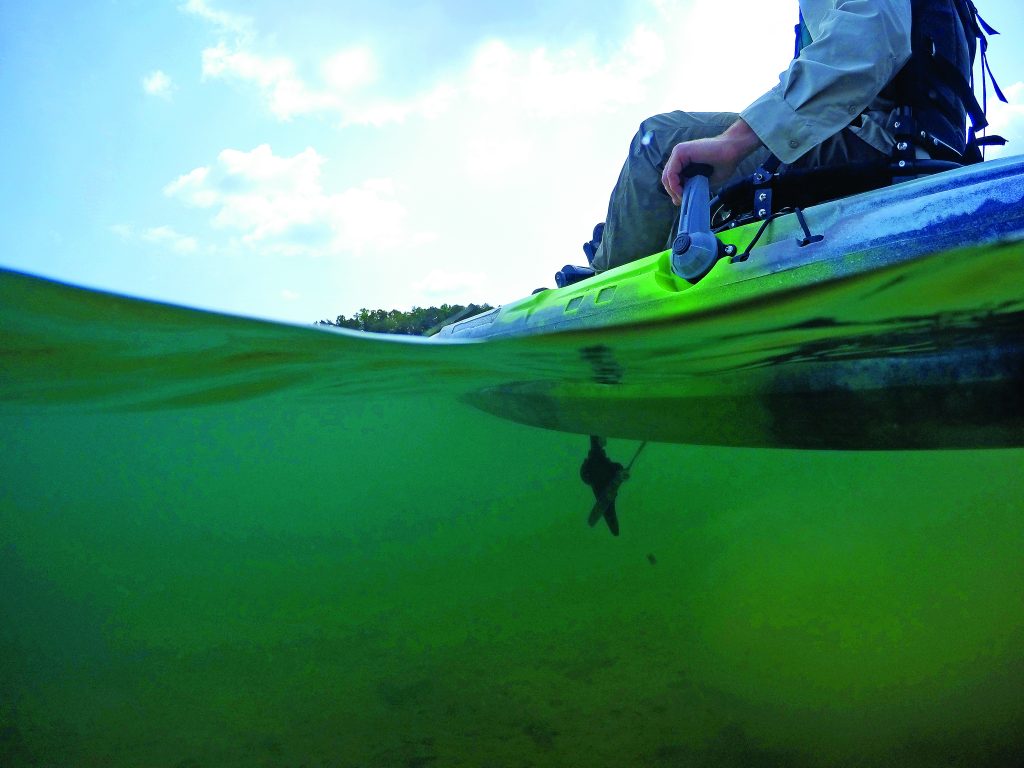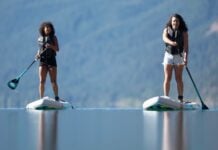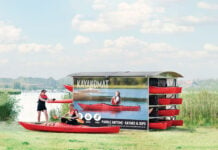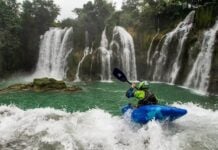Remember the rent guy? He ran a viral campaign for governor of New York in 2010 based solely on the platform, “Rent is too damn high.”
Kayak Bass Fishing’s Chad Hoover channelled the Rent Guy in a recent YouTube video, asking “Have fishing kayaks gotten too danggone expensive?”
With top-of-the-line pedal kayaks retailing well north of $3,000, it’s a fair question. An engineering and design arms race has given rise to ever more capable fishing kayaks, with prices to match. But those top-tier boats are just the tip of the iceberg. The bulk of the market is in entry- and mid-level kayaks, and retail prices in those segments have actually come down.
Hoover says he paid a little more than $750 for his first retail kayak in 1997. Today, an angler can buy a comparably equipped kayak for . . . $750. In fact, anglers can pick from dozens of fishing kayaks in this price range. “There are more kayaks under $750 now than there were when I got into the sport 22 years ago,” Hoover says.
At the top of the market, kayak anglers have more quality options to choose from than ever before. Now many of those features have trickled down to the entry-level offerings from prestige brands, with competition generally holding retail prices below $1,000.
“When competition kicks in, we as a consumer always win,” Hoover says. “Always.”
That’s great news for kayak anglers. But can manufacturers and dealers also win at this price point?
Vibe Kayaks co-founder and CEO Josh Thomas thinks so. He got involved in kayak fishing about a decade ago, and recalls watching the price of brand-name fishing kayaks increase significantly as the sport rode a prolonged boom into the 2010s.
“I understand inflation and I understand economics, but three years earlier these boats were $750 and suddenly they’re $1,100? That’s not real inflation,” he says. “That’s artificial inflation based on demand.”

Sensing an opening in the market, in 2013 Thomas co-founded Vibe to fill it. The company quickly carved out market share with full-featured fishing kayaks at the sub–$1,000 price point. This so-called middle market filled a widening gap between premium fishing kayaks and the legions of thin-plastic imitators crowding big box store aisles. Established kayak brands seized the same opportunity, with Wilderness Systems, Old Town, Jackson Kayak, Native Watercraft and others offering capable ready-to-fish models for less than $1,000.
“The sweet spot in fishing kayaks is an innovative fishing platform in the $800 to $1,000 range,” says Paddleyax owner Steve Marshall. “When I started in 2016 no one was really there. Now Vibe is there—they came up in price to get there—and everybody else has come down,” says Marshall, who sells Vibe, Bonafide, NuCanoe and Crescent Kayaks out of his flagship store in southern Virginia. He moves additional Vibe inventory through affiliate retailers in three states.
It’s a volume game, he says, but retail margins are still strong.
The same holds true for manufacturers, at least anecdotally. It may be that Thomas was right about artificial inflation a few years back, but another factor is design and manufacturing improvements allowing companies to produce better kayaks without breaking the bank.
“We didn’t take a hit on margin,” Bonafide CEO Luther Cifers says of his company’s sub–$1,000 fishing kayak, the RS117. “We knew our budget, so the question became how to squeeze the most functionality and features out of that budget. If you mold in geometry, it’s free,” he says.
Though Bonafide is positioned as a premium brand, with flagship paddle models retailing for $1,300 and $1,600, Cifers says the lower price gateway model has been a boon for the whole line.
“You’re bringing more consumers to pay attention to the brand,” he says, noting that kayak buyers come in two broad categories— those who can’t afford a premium kayak, and those who just don’t want to spend the money. A capable $1,000 kayak helps the “can’ts” get to “cans,” and helps the “don’t wants” think a little bigger.
“Once they want it, they have to talk themselves out of it,” Luther says. “But you have to give them the opportunity to want it.”
Feature photo: Chris Kimling








